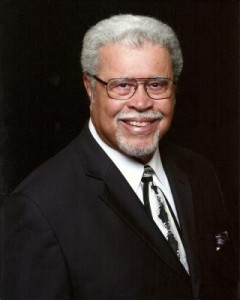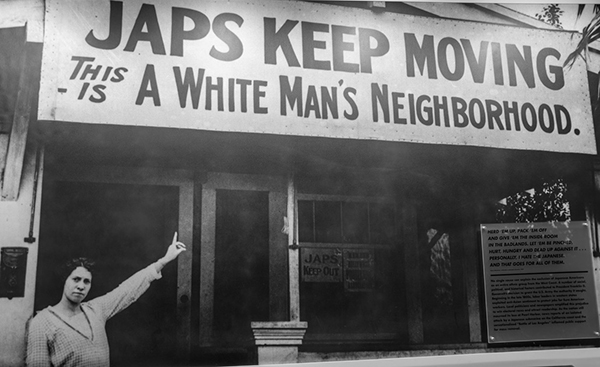By Rev. O.L. Johnson
Religion Writer
In the not-too-distant past, the casual observer found it easy to ride down the street in a strange city and correctly identify houses of worship from other buildings on any given street.
In those days, churches had a unique “look” that set them apart from all other buildings. Such is not the case today. We find “church” being carried on today in all types of edifices.
All that’s required nowadays are four walls and a roof standing on a plot of land, and bingo, you have a “church,” ready to do business. We’re not being critical, just pointing out how the church has changed over the years. Authentic worship is in the hearts of people, and can be expressed at any place, any time, in any type of building or in a tent if desired.
But our biggest concern is the changes that have occurred within the hearts of people that subtract from the authentic nature of worship, no matter where it happens. We’re referring to the extent to which many church leaders have adopted worldly tactics of attracting people to fill their sanctuaries.
It’s common place today to see so-called church services that can rival any rock concert any where in the country; services incorporating rock bands and singers offering music unrecognizable as religiously based, flashing lights, hip-hop dance moves, and “preaching” better described as self-improvement speeches, which may or may not mention scripture.
It appears that, as ways of filling up sanctuaries, these tactics are successful, at least in mega-churches. They seem to be filled to capacity most of the time. But there are a couple of things I wonder about: are people being saved in these “services?” And, is God pleased with these ways of worship and ministry?
We’ll probably never know the answer to the first question, but we can get an idea of what God thinks about the changes we’ve made in his church by comparing today’s church with the church he built, as described for us in the book of Acts, chapters 4 and 5. Let’s take a look. We may find a role model there for us to mimic.
Space will not allow an in-depth look at these passages, so we’ll just hit the highlights. At the beginning, we learn that the early church was a unified church; the text says that they were “of one heart and one soul.” This unity spilled over into their individual behavior as the members adopted the concept of family in the church and in their lives outside of the church.
All individual and family possessions were shared by all church members. The apostles preached and taught the resurrection of Christ to encourage people to mirror his example of graciousness and liberality in giving. The church took giving to another level. Members sold their houses and lands and gave the proceeds to the apostles to distribute to the needy. No one lacked anything.
As we read further in Acts, we’ll see that the early church also followed these additional ways of ministering; their first concern was for others; they gave priority to the common good; they were generous in their giving; and they made it a practice to encourage and exhort one another in the church.
When we compare then and now, the difference is obvious. But is change needed?
Think about it.
Rev. O.L. Johnson, a retired LAPD lieutenant, is an associate pastor in his home church, Greater New Zion Baptist, 501 W. 80th St. in South Los Angeles.
Pastor’s Corner is a religious column that looks at the relevancy of scripture in life today. The column appears monthly in The Wave and on its website, www.wavepublication.com.











